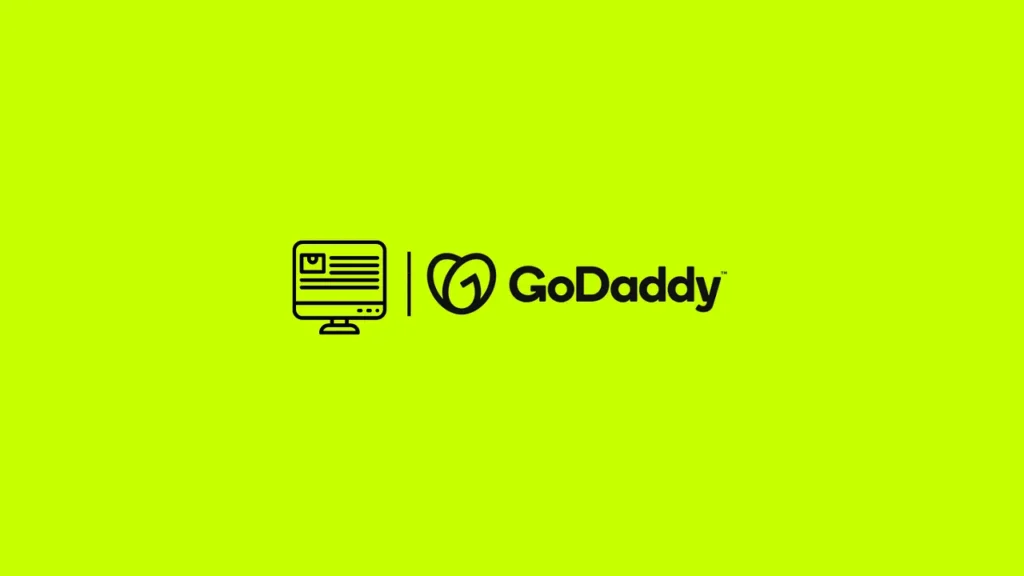Application Name: KoinBX (previously Koinbazar)
Purpose: Helps people buy and sell cryptocurrencies.
Audience: Global cryptocurrency users (main focus is on Indian market)
UX Writing/Strategy Analysis
Onboarding Page
Goal: To make them get started with your app
Here are better versions of onboarding copy:
1. Buy crypto:
User’s emotional appeal: Crypto traders would want to trade any crypto of their choice.
USP: Koinbx has 200+ cryptos to choose from. So, why just restrict to Bitcoin? I understand Bitcoin is a famous cryptocurrency but this specific copy can put off people who might be looking to trade other cryptos.
Microcopy: Buy from 200+ cryptocurrencies using your local currency. Anytime, anywhere.
Power words: 200+ cryptos, anytime, anywhere.
2. Sell crypto:
User’s emotional appeal: Any cryptocurrency would crave to sell a crypto and get paid in their local currency.
Research finding: This feature is not commonly found in many exchange platforms.
Microcopy: Sell your cryptocurrencies instantly and instantly get paid in your local currency.
Power words: instantly, get paid
3. Store crypto:
User’s emotional appeal: It goes without saying that users prefer security in fintech apps.
Research finding: FIU-regulated companies have better security protocols. Fortunately, Koinbx is also regulated. So, why not leverage it in the copy?
Microcopy: We are FIU-registered. Built for secure crypto trading and safe HODLing.
Power words: secure trading, safe, HODLing (crypto jargon).
Registration page
Goal: To make the user create an account
Problem: Three different words (create, set up, verify) to help the user take one action – creating an account. It increases the cognitive load of the user.
Sudden use of the word ‘VERIFY’ would disrupt the flow and cause uncertainty about the next step.
Solution: Ensure the words are consistent across all the touchpoints within the app.
Problem:
The purpose of using an example is to help people of all facets understand better. In this case, PAN and Aadhaar are used as examples. Imagine a user from Australia visiting this page. He should be able to understand the term ‘NATIONAL ID’ but definitely not ‘PAN or AADHAAR’. So, it’s always better to go with the common ones using a general term like ‘GOVERNMENT-ISSUED ID’ and list the general ones like passport, national ID and driver’s license under it.
Research findings:
| Country | PAN Equivalent | Aadhaar Equivalent |
| India | PAN (Permanent Account Number) | Aadhaar |
| United States | Social Security Number (SSN) or ITIN | No direct equivalent |
| United Kingdom | National Insurance Number (NIN) | No direct equivalent |
| Canada | Social Insurance Number (SIN) | No direct equivalent |
| Australia | Tax File Number (TFN) | No direct equivalent |
| Germany | Steueridentifikationsnummer (Tax ID Number) | No direct equivalent |
| France | Numéro d’Immatriculation Fiscale (NIF) | No direct equivalent |
| Japan | My Number (Social Security and Tax Number) | No direct equivalent |
| Brazil | CPF (Cadastro de Pessoas Físicas) | No direct equivalent |
| South Korea | Resident Registration Number (RRN) | No direct equivalent |
| Estonia | Personal Identification Code (Isikukood) | No direct equivalent |
Solution:
Microcopy: Enter your first and last name as per your government-issued ID. (Ex: Passport, National ID card, Driver’s license)
Problem: ‘I have already user’ – is just so wrong. Grammatically incorrect sentence. Also, the term ‘sign in’ varies from ‘Log in’ (which is found all over the app). Again, another inconsistency in choice of CTA words.
Solution: Make it simple and error-free. Ensure ‘Account’ and ‘log in’ remain consistent across.
Microcopy: Have an account? Log in
‘LOG IN’ or ‘LOGIN’ ?
For a button that prompts users to log into their account, the CTA copy should be in verb form – ‘LOG IN’.
Once they click, the subsequent page is called in the noun form – ‘LOGIN PAGE’ or ‘LOGIN SCREEN’.
The same inconsistency in CTA wordings.
- Stick to ‘Log in’ across the app. Don’t change it to ‘Sign in’ and confuse the user.
- Change ‘LOGIN’ (noun form) to ‘LOG IN’ (verb form).
- Stick to ‘Create Account’ across the app. Don’t change it to ‘Sign up’ and confuse the user.
Now, take a look at how their competitor – WazirX – has ensured consistent copy.
App download within an app
Why suggest a user download the app when they’ve already downloaded and started using the same app? The ideal placement of this CTA is on the website, nudging users to download the app.
Button design
In this screen, the ‘Login’ that you see is actually a button. But it’s not designed that way.
I understand the focus should be on making a user create an account. But if there’s a CTA, it should be designed properly, at least without highlighting it.
*And by the way, ‘REGISTER’ is the 4th different CTA copy used by Koinbx for creating an account! [Register, Sign up, Verify, Create account]
Here’s how WazirX did it. Check the image below:
They have highlighted ‘SIGN UP’ while still letting the existing user know that they can ‘LOG IN’ too with proper button design. We need to assist our existing users as well.

